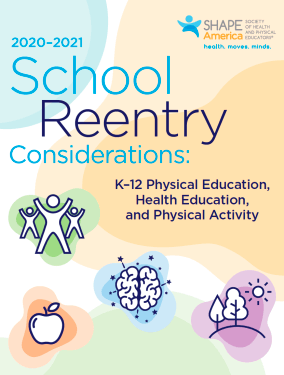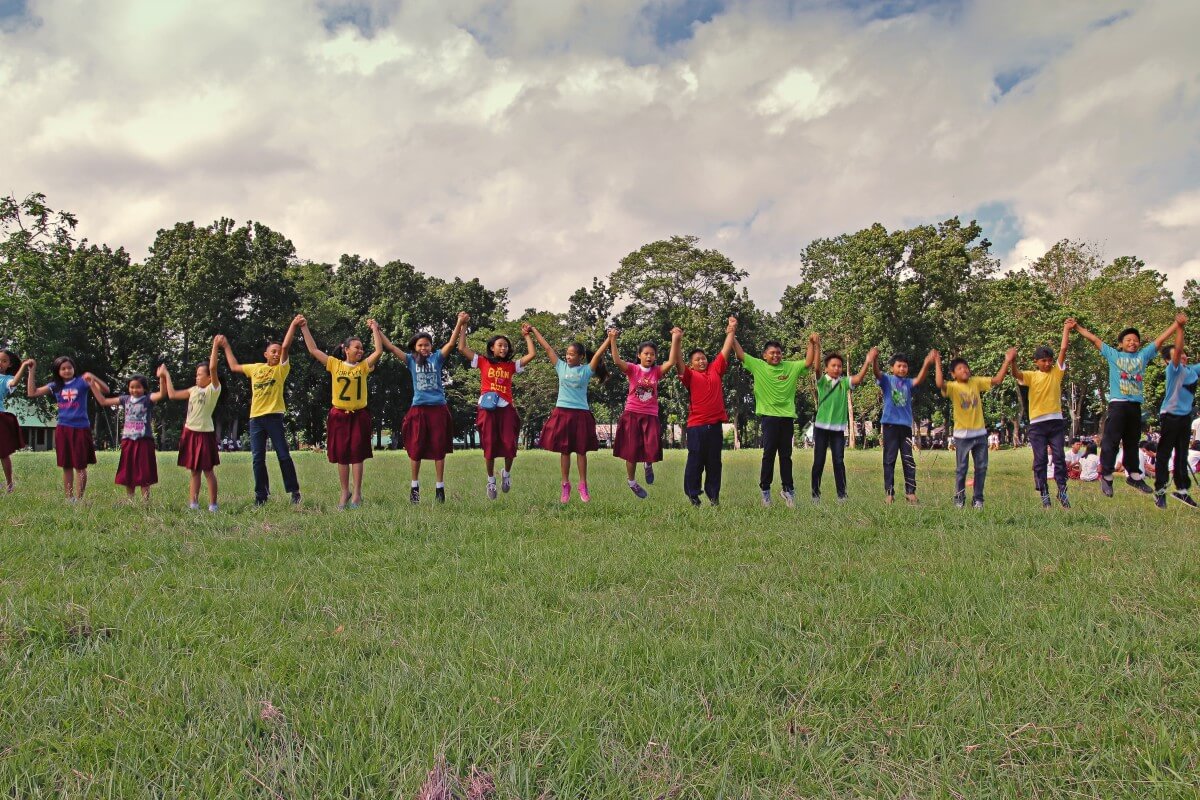
[2 Minute Read]
As I’ve visited with many administrators and teachers across the country this past year, it has been fascinating to hear the stories of the many ways our profession has changed since the beginning of the COVID 19 Pandemic. It’s been transformative to see the ways we, as educators, have changed. Among the narratives that have made headlines in education around the past year, one continues to rise to the top as the way we will forever remember this transformation: We must teach children from the inside-out.
With the June 2020 publication from the CDC and SHAPE America that offered Considerations for Re-Entry in Health and Physical Education in our Schools, our profession was faced with difficult choices around a simple, yet complex question: What do we value?
As schools, districts and states grappled with the individual needs of their communities, it quickly became clear that our profession was no longer talking about motor skills and health content as our most prevailing discussions. It was evident that K-12 assessment was no longer a priority. The mantra of our work became the social-emotional well-being of our students. As I ponder the impact of this shift, I fully understand the continued importance of the teaching of health and physical literacy. I propose that the work of teaching the whole child is embedded deep within ourselves and our content. We have been the makers and creators of social-emotional learning solely by the nature of our unique standards and environment.
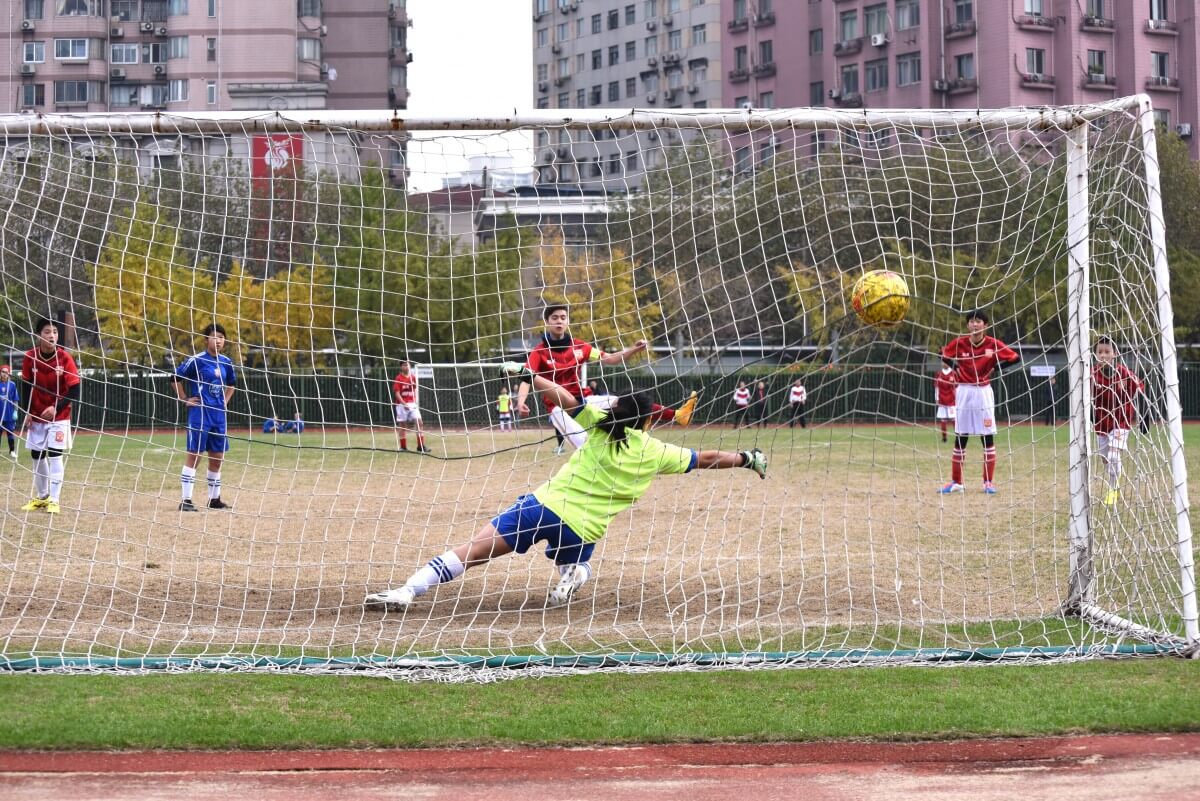
So what does it look like? There is no substitute, particularly during this difficult time in our history, for a caring, loving adult in the classroom. As we watch the daily statistics and media coverage of the death, suffering, and now healing of a nation, we are reminded that our students are receiving, analyzing, and internalizing messages about this dark and horrible time. We, as certified professional adults is this field, must seize the opportunity to get children talking and engaging in discussion about thoughts, feelings, and attitudes around their health.
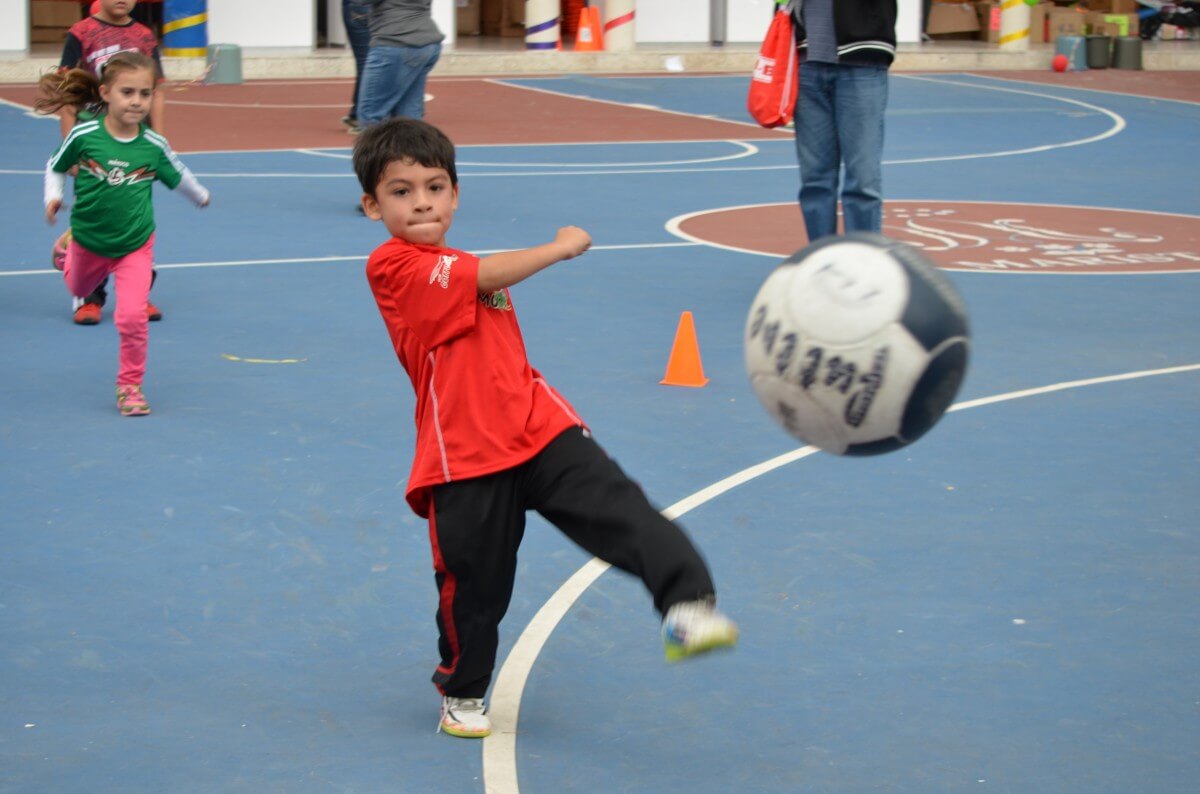
You see, there is a silent and parallel pandemic that’s been happening among the young people that has been with us long before we knew the word COVID 19. There are children right now, as you read this, that look in the mirror and do not love what they see. They are suffering from low self-esteem and self-worth. All of the negative health choices and behaviors can been traced back to a student not caring enough about themselves. We may not know who these children are. We do, however, have the unique ability to intervene and prevent those negative self-thoughts from taking hold of them. We can be the adult that can be life-changing, and yes even life-saving.
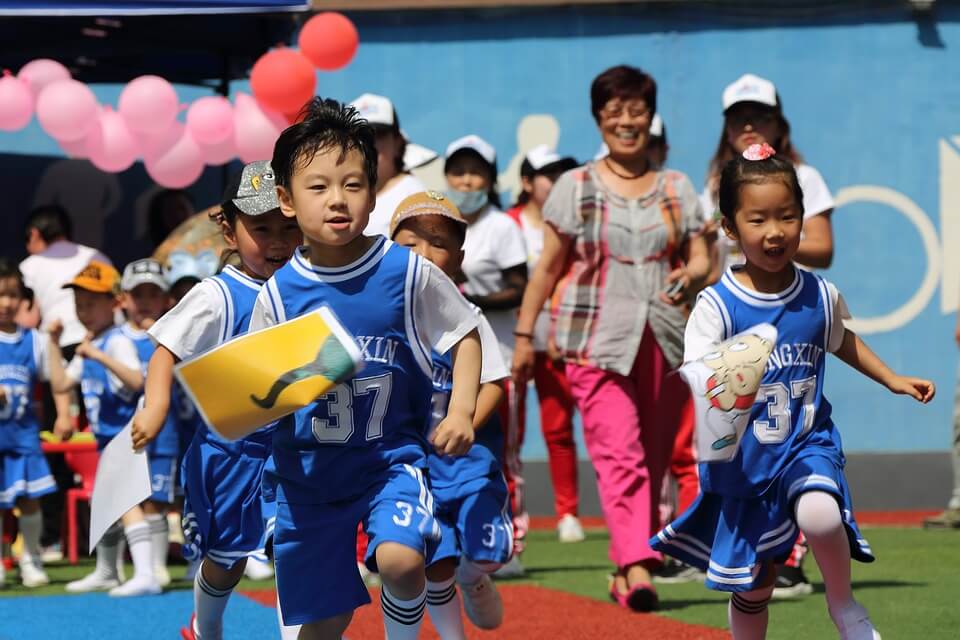
As we eventually pull out of this dark time and society begins to reintegrate in person, my advice is:
- Be mindful as an educator to put students before content
- Build relationships before building lessons
- Show passion for what your doing and compassion for your students
Teaching students from the inside out means getting to know them, knowing their names, asking them how they are, and building a classroom culture of mutual trust and respect. These are the foundation of a successful health and physical education program and the key to successful teaching. Health and Physical Education is THEIR experience, not ours. Let’s give them a great one!
